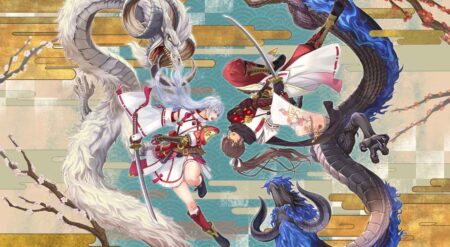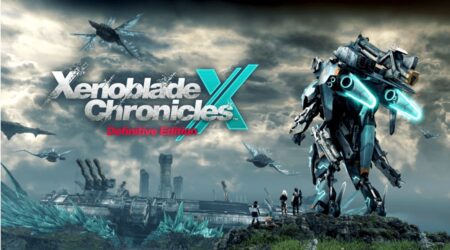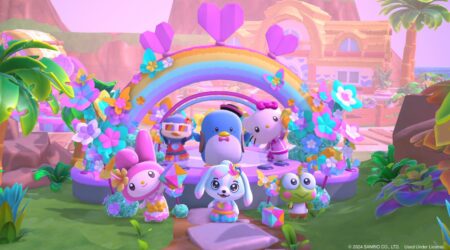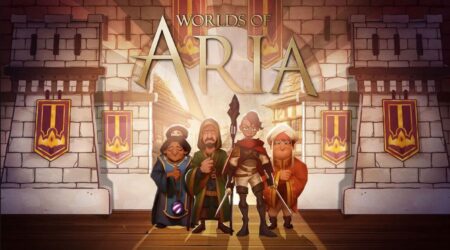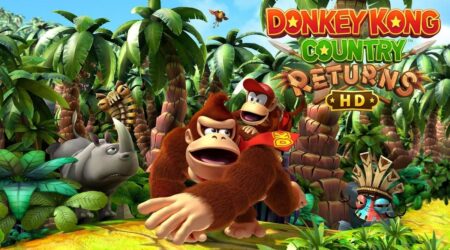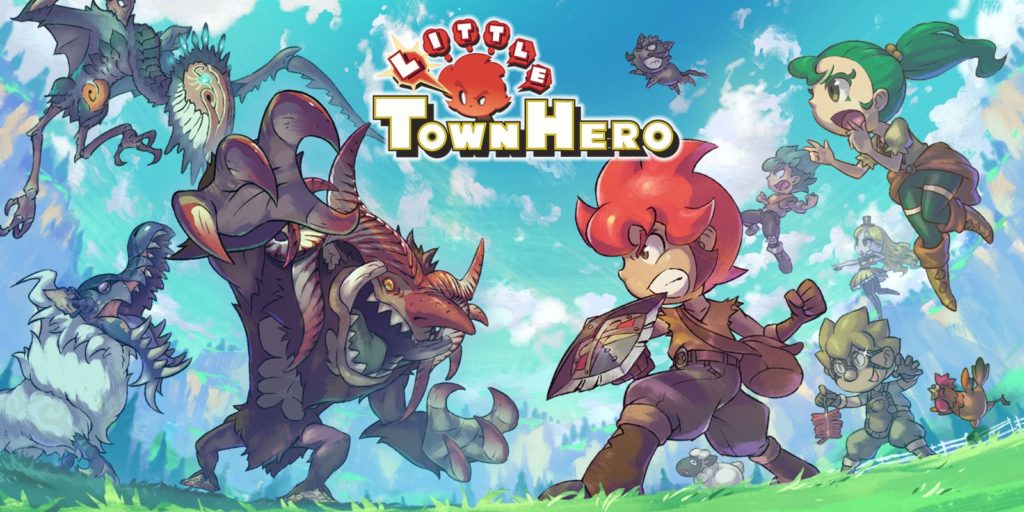
Little Town Hero is a turn-based RPG developed and published by Game Freak for Nintendo Switch. In the game, you play as a young, curious boy who wants to learn more about the world outside of his small hometown. Overall, the game is surprisingly challenging, but the feeling of accomplishment after long battles creates a fun and rewarding gameplay experience, especially when combined with the charming dialogue and cute art design of the town.
Unfortunately, the story of Little Town Hero somehow manages to be unique and generic at the same time. The town you live in is protected by a castle to prevent monsters from attacking villagers but consequently also prevents all villagers from ever leaving. Monsters have recently started appearing in town, causing your character to strike up a friendship with a castle knight to figure out what’s happening. Your character is promised that, if he helps the knight, he can become one himself and finally explore the land outside of the castle.
I deeply wanted to love the story, especially because being unable to leave town is the exact opposite narrative of most video games. This is why I initially thought the game had a unique take on the typical coming-of-age monster-fighting story. However, I spent so much more time in combat than I did exploring the origin of the monsters that the infrequent moments of story progression felt totally unimportant. I didn’t think the story was bad necessarily – it just obviously wasn’t the focus of the game. Because of how often I was pushed into combat, the uncommon story-related aspects of the game, like being trapped in town, seem secondary to the generic tale of “boy slays monsters.”
Since combat is the focus of the game, there is a rather extensive, complicated system. In general, I loved the fighting and thought it was a very fun challenge. In each battle, you use “pow” that let you turn “izzits” from your headspace into “dazzits.” Essentially, your headspace is your deck of cards, izzits are the cards in your hand, and dazzits are the cards you’ve played and can use.
Dazzits are color-coded as either red, yellow, or blue. Red ones are offensive, yellow ones are defensive, and blue ones give you immediate special effects, typically in the form of stat boosts or extra attacks. All red and yellow dazzits have an offensive number and a defensive number. To destroy a dazzit, you must attack it with one of your own that has an offensive number equal to or higher than the opposite dazzit’s defense.

After you destroy all the enemy’s dazzits, you achieve an “all break.” If you have a red dazzit remaining, you can attack the enemy directly to lower its health. However, if you don’t have a red dazzit, you receive 1 BP, which can be used to revive izzits in your headspace since it is like a deck of cards and you do eventually run out.
In addition to the dazzit system, the game also includes movement and support characters during monster battles, but not during rival battles with other human characters. After each round in a monster fight, a map appears and you pick a random number between one and four, kind of like on Mario Party boards. The space you land on occasionally helps you either by giving you opportunities to directly attack the enemy or by providing a support character.
The support characters have a variety of abilities to aid you in battle. Different supports either directly attack dazzits or the enemy, boost the stats of your dazzits, or restore your guts, which protect your hearts to keep you alive longer. Throughout the game, you can add support characters to your map by completing side quests and talking to characters around town, which was one of my favorite mechanics. It was nice to see my relationships around town have a useful function in combat. It made the small moments of exploration when I pursued side quests feel worthwhile.
Part of the reason I felt like I didn’t spend a lot of time in town is because of just how long combat took me. Even if the battle wasn’t necessarily difficult, I would still spend a lot of time fighting since there were so many moving parts that I had to get through or take into account, especially if I didn’t have a good selection of izzits.
In fact, whether the battle was an easy win was almost entirely dependent upon the hand of izzits I was dealt at the beginning. If you dislike or aren’t used to random elements in combat, Little Town Hero will most likely be a very frustrating experience. What you are able to do in a fight relies completely on the advantages or disadvantages that the game decides to give you.
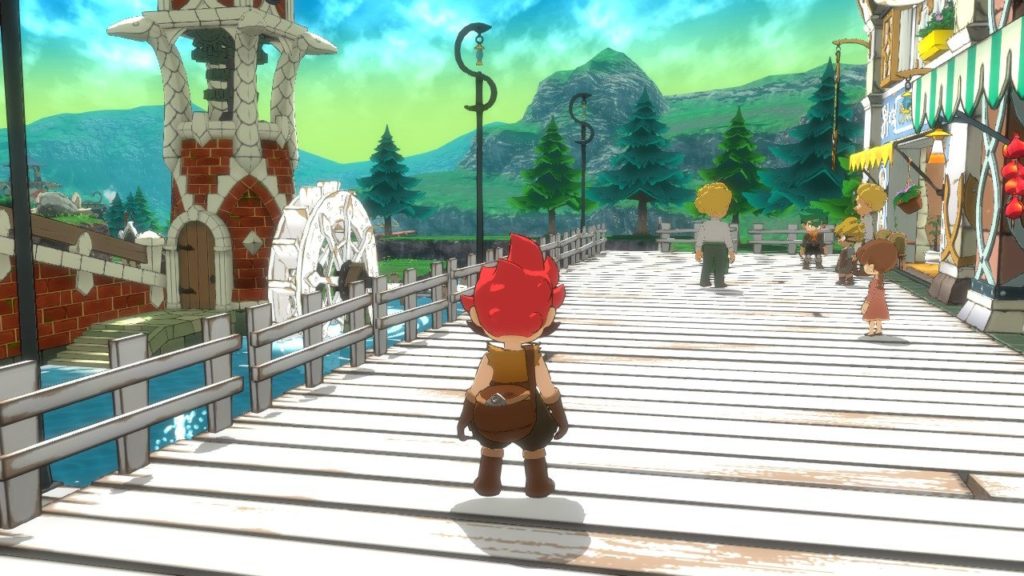
Personally, I thought trying to beat an opponent with a bad hand was a fun challenge, but it’s definitely not for everyone. However, the game does help you out, giving you a eureka point that you can use to upgrade your izzit skill tree even if you lose the battle or decide to start over. Overall, I really loved the combat system and had a great time testing my ability to think through strategies and defeat monsters with whatever random combination of izzits I had at the time.
Although the combat was obviously the main gameplay element of Little Town Hero, the characters and art direction were also incredibly charming. Most of the characters you interact with are young children and the game’s dialogue manages to talk to you and your in-game friends like you’re a kid without isolating or alienating adult players. It also never feels like the game is only for kids and is trying to hold your hand too much. I really loved interacting with other people in town because of how cute the kids were and how funny and quirky their dialogue was, just like young kids in real life.
Additionally, I loved the visual style of the game. It felt incredibly fitting that a story about kids fighting monsters had such blocky, vibrant, cartoony art. Everything about the game felt childish in a good way – it was bright, cute, and had an air of childlike innocence, even when fighting deadly monsters, which was a refreshing breath of fresh air both in-game and in general. However, because the camera moved quickly, I occasionally had issues with the bright, spinning colors giving me a headache or making me feel a little sick. Even though it wasn’t often, it happened just enough to make playing the game uncomfortable, especially during long play sessions.
Nevertheless, I really enjoyed playing Little Town Hero because of how the combat system challenged me to think through my actions and strategically approach my turns. Although you don’t spend a lot of time outside of battles, the atmosphere of the town is delightfully soothing. It gives you a nice break from the taxing process of analyzing all possibilities and moves to kill monsters. If combat-heavy games or randomized factors aren’t for you, then I wouldn’t encourage you to pick this game up. However, if you’re looking for some tough fights and cute gameplay, then Little Town Hero is definitely what you’re looking for and I highly recommend it, especially if you need a shorter and more relaxing game this fall.
Little Town Hero is available now for Nintendo Switch.
Little Town Hero
-
Rating - 8/108/10
TL;DR
If you’re looking for some tough fights and cute gameplay, then Little Town Hero is definitely what you’re looking for and I highly recommend it, especially if you need a shorter and more relaxing game this fall.


